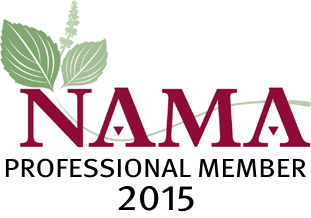Ever hear someone say a phrase and then say, “That’s my mantra”? Used in a modern, informal sense, a mantra can be a repeated phrase designed to inspire. Examples include “Just do it ™” and “It’s all good.” But have you ever wondered where “mantra” comes from?
“Mantra” is a Sanskrit word. “Man” means “thinking.” “Tra” comes from “trai” and means “to protect against” or “to liberate.” Many traditional mantras are in Sanskrit, but there are also mantras in Japanese, Chinese and Tibetan languages. A mantra can be repeated silently to oneself or chanted out loud. It can be as simple as the one-syllable “Aum” (Om) or more involved as in the 24-syllable Gayatri Mantra.
Benefits of mantra meditation include silencing the noise of the mind, calming the nervous system and connecting to a higher frequency of vibrations. Some mantras have been intended for specific purposes. For example, some believe that by chanting the Gayatri Mantra and grounding it in the mind, if you carry on your life and do the work that is meant for you, your life will be filled with happiness.
BodyWorks has a broad variety of CDs featuring mantra tracks. One particular artist, Hein Braat, defines mantra as “a universal sound, a frequency that can open unexpected doors in one’s consciousness.”
You’re invited to visit BodyWorks to explore mantra and sample these powerful recordings. So the next time you feel exasperated, try switching from “Aw, man!” to a positive, powerful “Aum.”





